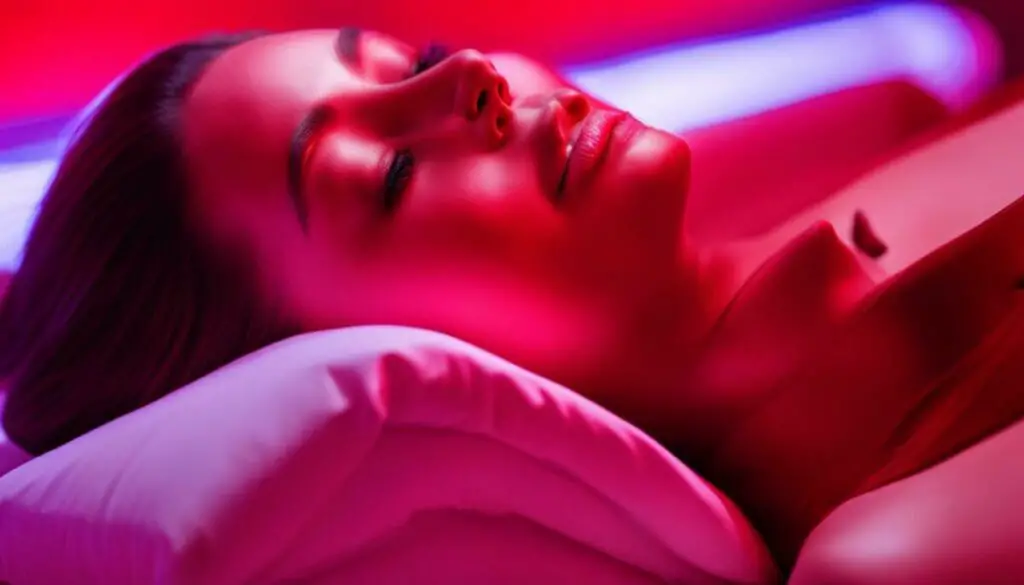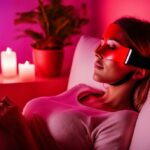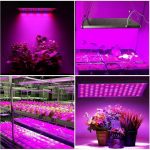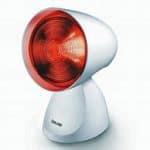Last Updated on 1 year by Francis
In recent years, light therapy has become increasingly popular as a non-invasive treatment option for various skin conditions. One of the most common uses of light therapy is on the face to target issues such as acne, wrinkles, and hyperpigmentation. While some patients report positive results, there is a growing debate on whether light therapy on the face is truly effective or simply a passing fad. In this discussion, we will explore the topic of light therapy on the face and examine the scientific evidence behind its purported benefits.
Contents
Understanding the Science behind Light Therapy
Light therapy is a non-invasive, painless treatment that uses specific wavelengths of light to improve various health conditions. When it comes to the face, light therapy has become increasingly popular as it has been found to be an effective treatment for acne, wrinkles, and other skin conditions.
Light therapy works by penetrating the skin with different wavelengths of light. The light is absorbed by the skin’s cells, which then triggers various biological processes within the body. The different wavelengths of light target different skin conditions and can help promote collagen production, reduce inflammation, and improve skin texture.
The Types of Light Therapy
There are different types of light therapy, including:
- Blue light therapy
- Red light therapy
- Green light therapy
- Yellow light therapy
Each type of light therapy targets different skin conditions. Blue light therapy is commonly used to treat acne, while red light therapy is used to promote collagen production and reduce inflammation. Green light therapy helps reduce pigmentation and yellow light therapy is used to reduce redness and inflammation.
The Effectiveness of Light Therapy on Face
Light therapy has been found to be effective in treating various skin conditions, including acne, wrinkles, and other signs of aging. A study conducted by the American Academy of Dermatology found that light therapy was effective in treating acne, with 80% of participants seeing an improvement in their skin after just four weeks of treatment.
Another study found that red light therapy was effective in reducing the appearance of fine lines and wrinkles, with participants seeing an improvement in their skin’s texture and tone after just three weeks of treatment.
Factors Affecting the Results
While light therapy has been found to be effective in treating various skin conditions, there are several factors that can affect the results of the treatment. These factors include:
- Age
- Skin type
- The severity of the condition being treated
- The duration of treatment
It’s important to note that light therapy is not a one-size-fits-all treatment, and results may vary from person to person.
The Advantages of Light Therapy on Face
Light therapy has several advantages when it comes to treating skin conditions on the face. These advantages include:
- Non-invasive: Light therapy is a non-invasive treatment that does not require surgery or injections.
- Pain-free: Light therapy is painless and does not require any anesthesia.
- Minimal side effects: Light therapy has minimal side effects and does not damage the skin.
- Convenient: Light therapy can be done at home using light therapy devices.
One key takeaway from this text is that light therapy on the face can be an effective and convenient way to treat skin conditions such as acne and wrinkles. Different types of light therapy target specific skin conditions, and while results may vary from person to person, light therapy has been found to have minimal side effects and is a non-invasive, painless treatment option. However, it’s important to note that light therapy is not a one-size-fits-all treatment and factors such as age, skin type, the severity of the condition being treated, and the duration of treatment can affect the results. Overall, light therapy devices offer a convenient way to treat various skin conditions at home, but it’s important to consult with a dermatologist before combining treatments or using light therapy devices.







